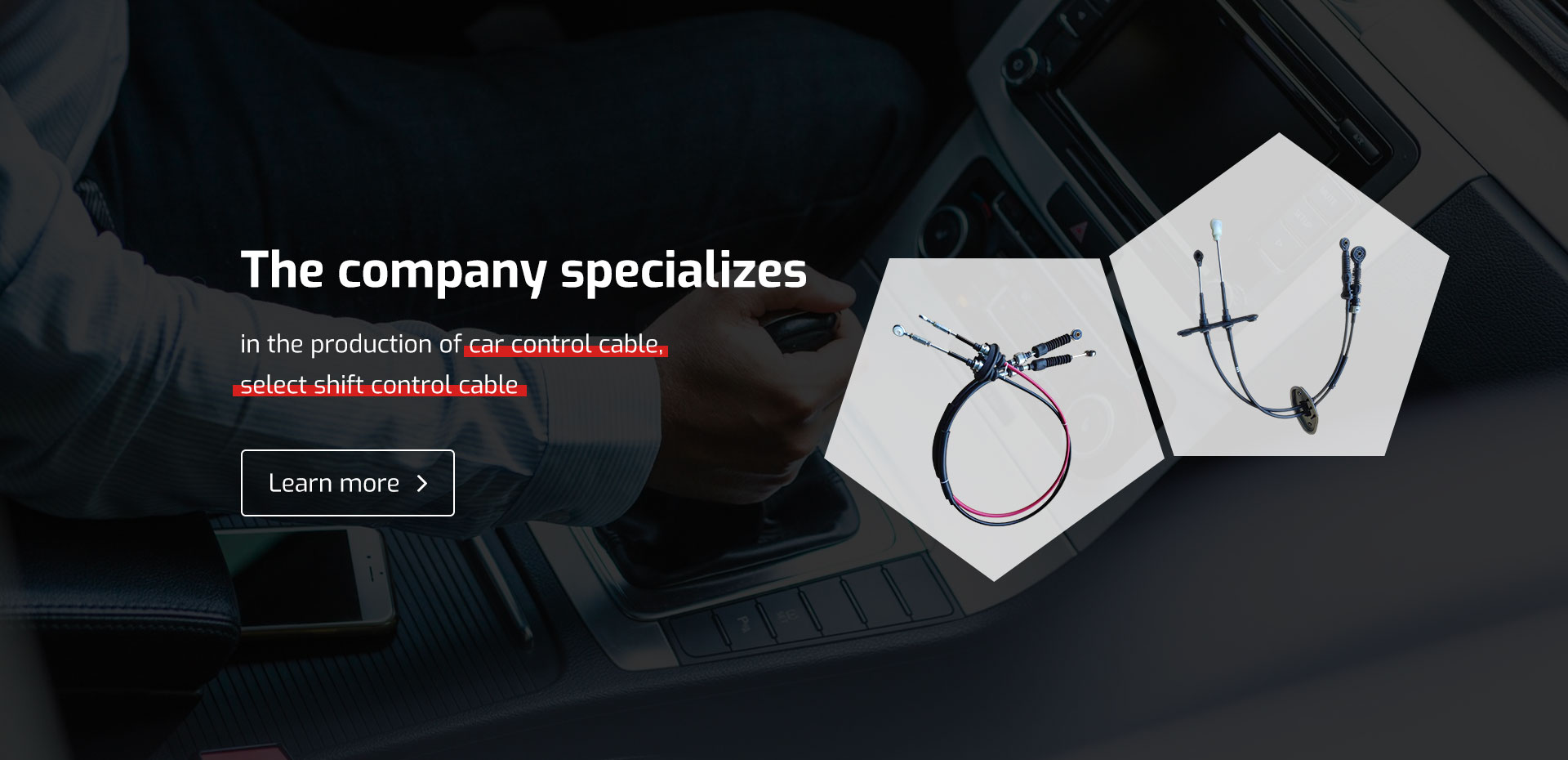throttle and throttle cable
Understanding Throttle and Throttle Cable Essential Components of Engine Control
The throttle and throttle cable are vital components in the functioning of an internal combustion engine, particularly in vehicles. These elements play a pivotal role in controlling the amount of air and fuel mixture that enters the engine, thereby determining its power output, efficiency, and responsiveness.
What is Throttle?
The throttle is essentially a valve that regulates the flow of air into the engine. When the driver presses the accelerator pedal, it opens the throttle, allowing more air to enter. This increased airflow, combined with fuel injected into the engine, results in combustion, which generates power. In modern vehicles, throttle control has advanced significantly, with many now using electronic throttle control (ETC) systems that replace traditional mechanical connections with sensors and electronic actuators for more precise engine management.
The throttle position is crucial for various engine operations, including idle speed, acceleration, and deceleration. When the throttle is fully open, the maximum amount of air can flow into the engine, allowing it to produce its peak power. Conversely, when the throttle is closed, air intake is minimized, which is essential during conditions like deceleration or when the vehicle is at rest.
The Role of the Throttle Cable
The throttle cable is a flexible wire or strand that connects the accelerator pedal to the throttle valve in the engine. When the driver pushes the accelerator pedal down, the throttle cable pulls on the throttle body mechanism, enabling the throttle to open and permit more air into the engine. This simple but effective mechanical connection has been the standard in many vehicles for decades.
throttle and throttle cable

However, the throttle cable requires proper tension and alignment to function effectively. If the cable is too loose, the throttle may not open fully, resulting in poor engine performance. Conversely, if it's too tight, it can lead to excessive opening of the throttle even when the driver intends to do little more than maintain speed, potentially creating unsafe driving conditions.
Advancements in Throttle Systems
While many older vehicles rely on traditional throttle cables, advancements in technology have led to the adoption of electronic throttle control systems. In these systems, the accelerator pedal sends an electronic signal to the engine control unit (ECU), which then adjusts the throttle position accordingly. This method allows for more accurate control of engine power, enabling features such as cruise control, traction control, and even advanced driving assistance systems (ADAS).
The transition from mechanical to electronic throttle control has also improved responsiveness and efficiency. By eliminating the lag associated with mechanical linkages, these systems can adjust throttle position more rapidly in response to driver inputs, contributing to a smoother and more dynamic driving experience.
Conclusion
The throttle and throttle cable are essential components of engine performance, impacting everything from fuel efficiency to the responsiveness of the vehicle. While traditional throttle cables continue to serve many older models, modern vehicles are increasingly adopting electronic throttle systems for enhanced control and efficiency. Understanding these components is crucial for anyone interested in automotive mechanics, as they serve as the backbone of how drivers interact with their vehicles. Whether mechanical or electronic, the fundamental purpose remains the same to deliver power and performance in response to driver intent, ensuring a safe and enjoyable driving experience.
-
Upgrade Your Control with Premium Throttle CablesNewsAug.08,2025
-
Stay in Control with Premium Hand Brake CablesNewsAug.08,2025
-
Experience Unmatched Performance with Our Clutch HosesNewsAug.08,2025
-
Ensure Safety and Reliability with Premium Handbrake CablesNewsAug.08,2025
-
Enhance Your Vehicle with High-Performance Clutch LinesNewsAug.08,2025
-
Elevate Your Ride with Premium Gear CablesNewsAug.08,2025
